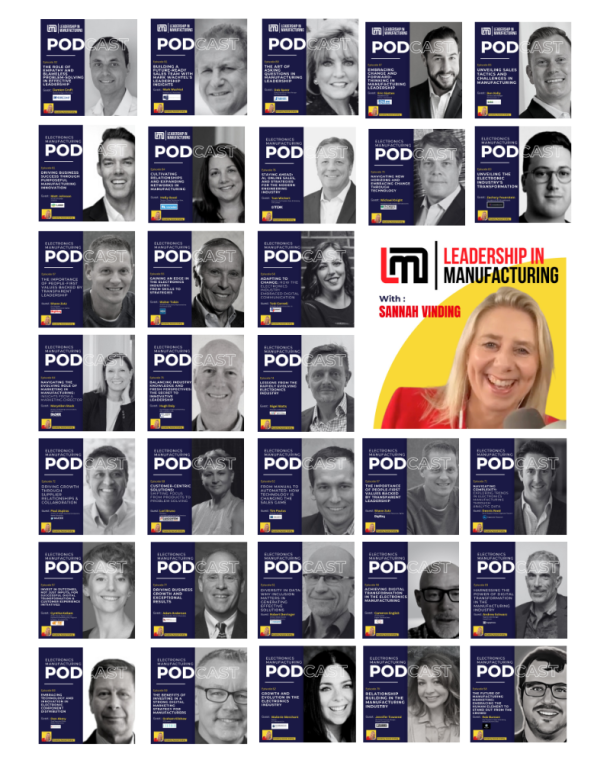Episode 52
How to Humanize the Recruiting & Hiring Process

When hiring new employees, most companies go with the tried and true method of posting job openings online and waiting for applicants to apply. This approach has worked well for years because it’s cheap and fast. But it also means that many qualified candidates miss out on jobs.
In order to humanize the recruitment and hiring process, you must first understand why people join organizations. Once you do, you can create a culture where everyone feels valued and appreciated. It makes the recruitment and interviewing process less stressful and more fun for both parties.
If you’re looking to hire great talent, then read on. It may just change the way you look at recruitment forever.
I invited Mike Thomson to be a guest on Mind The Innovation Leadership Podcast to discuss how to humanize the recruiting and hiring process.
Host
Sannah Vinding
Guest
Episode
E52
Key takeaways



The two most important elements that are missing from a job description are: how you work and who you’re working with.
Candidates are demanding more transparency and authenticity from employers.
The job landscape is changing. Candidates want more transparency and authenticity from their employers. Candidates are now more open than ever before to disclosing their personal information. This includes things like LinkedIn accounts, online portfolios, and previous job experience.
Candidates want to understand what you’re looking for from them, why you’re interviewing them, and how well they fit into your team. Use this information to ensure you choose an employee who truly fits into your company.
Humanizing a Remote Workplace: 3 Ways to Do It
Managing remote teams is difficult enough without dealing with a lack of human interaction. However, it doesn’t have to stay that way. There are three ways managers can help their employees feel like they’re part of a bigger team.
1. Be there for them.
You don’t need to be physically present to meet people; however, you do need to be physically present if you want to connect with them. You can still use videoconferencing tools such as zoom and skype to keep everyone in sync. Even if you’re not physically present at the meeting, you can still communicate with your team using Slack, email, text messaging, etc.
2. Provide feedback.
Managers who provide feedback to their employees are able to build trust among their teams. Praise people for doing things well. If someone needs assistance, offer guidance. Don’t just sit there waiting for things to go wrong; instead, take proactive measures to avoid them happening in the first place.
3. Make sure everyone feels included.
To create a strong, cohesive team you need to ensure that everyone feels valued. Both genders include both males and females. When you talk about your team, be sure to recognize each member individually. Thank them for their hard work.
Connecting for Culture and Humanity
It seems like every day there’s a new story about how technological advances are changing our lives. Artificial Intelligence (AI), robotics, and automation are becoming increasingly important topics in our society today. As per McKinsey & Co., nearly half of all current jobs could be automated by 2030, which means that there would be plenty of new opportunities for people who want to get into tech.
While many people worry about the negative effects of technological progress, there is one area in which technology has improved human lives—and that’s at work. As companies seek ways to improve employee satisfaction and retain employees, they’re looking at virtual workplaces to help foster feelings of belonging and connection.
Virtual workplaces offer a variety of benefits, including increased efficiency, improved employee satisfaction, and better customer service. They also let companies grow fast without having to spend lots of money on building new physical infrastructure. Because they don’t require large upfront investments, these strategies can be put into place relatively easily.
Why don’t more organizations adopt virtual workspaces? There are several reasons why people don’t use bots for their business, including concerns about security and privacy. However, these problems are being addressed, and if you approach virtual working correctly then the potential advantages greatly outweigh the risks.
What Does It Take To Reframe Work Culture?
It’s a value to build a network and to give back and not always just draw from it.
Mike Thomson

Mike Thomson
Partner & Recruiter at Spark Recruiting.
Check out: www.sparkrecruiting.ca
Related Episodes
How Leaders Build High Performing Remote Teams with AI and Trust – Episode 129
Learn how to lead high performing remote teams with clarity, communication, trust, and smart use of AI. Practical leadership insights for electronics and manufacturing professionals.
How to Lead Every Generation with Experience and Trust – Matt Cordell – Episode 128
Learn how manufacturing leader Matt Cordell builds trust and leads every generation through experience, adaptability, and people-first leadership.
New Episodes
Bi-Weekly Tuesday







